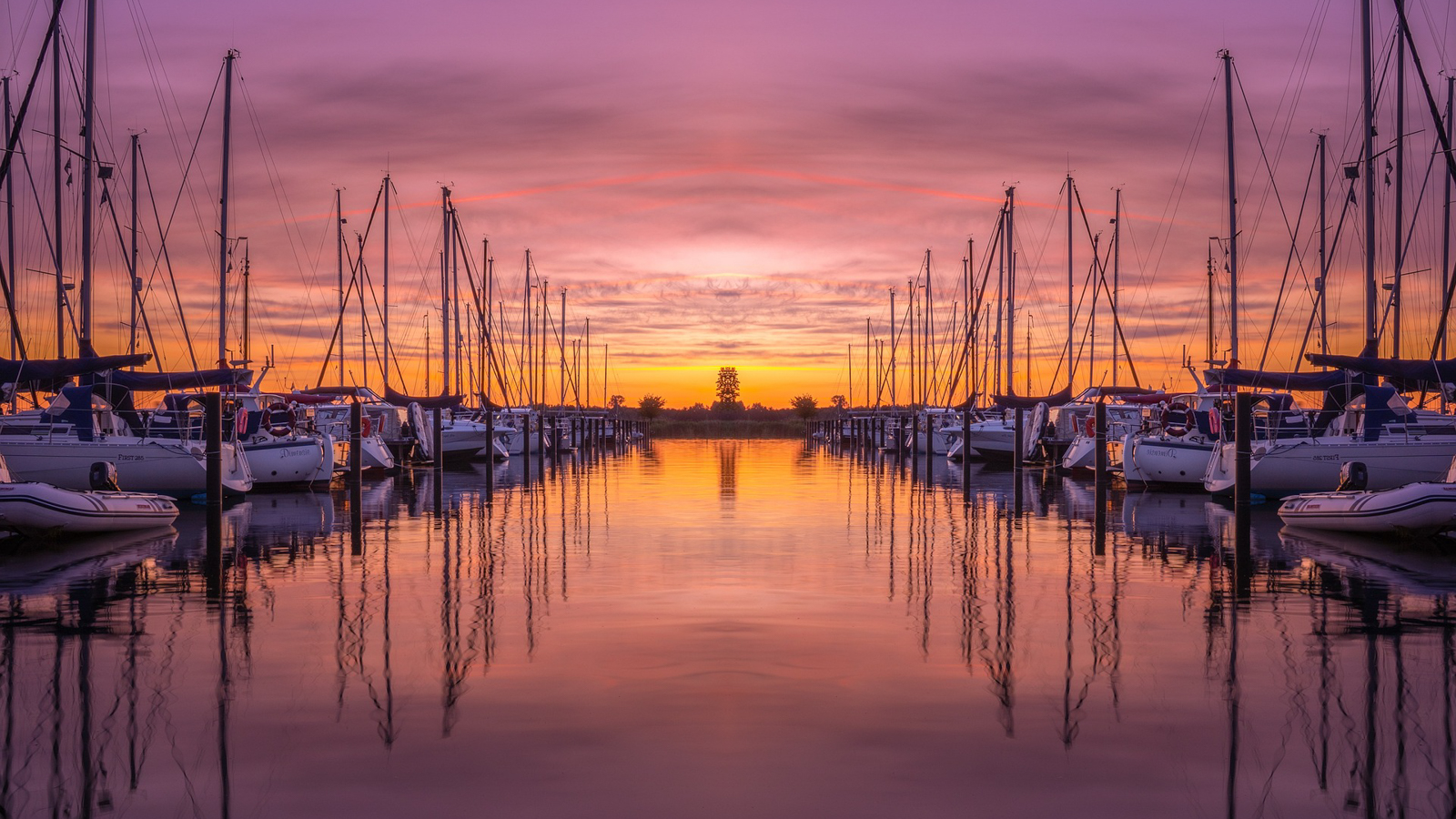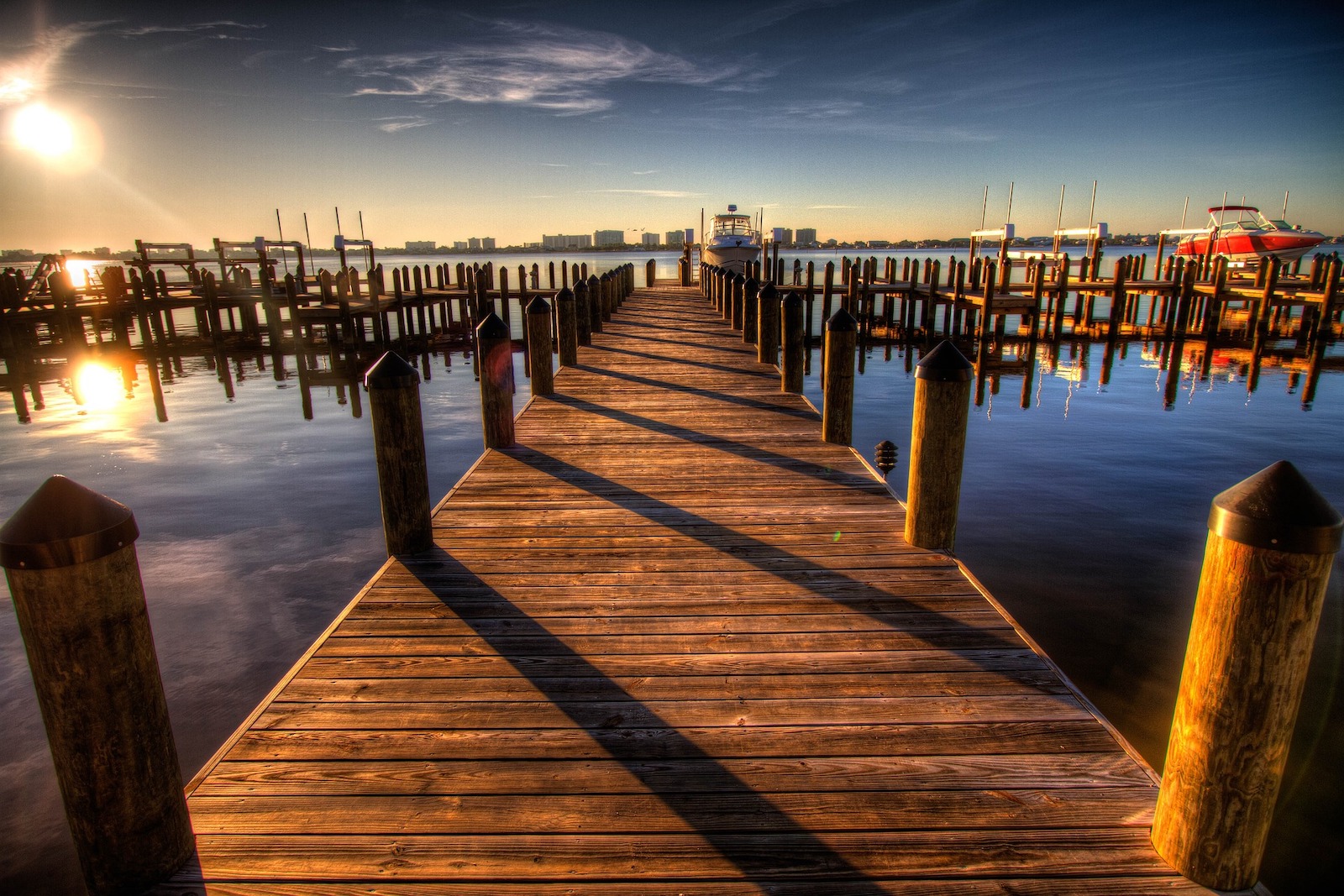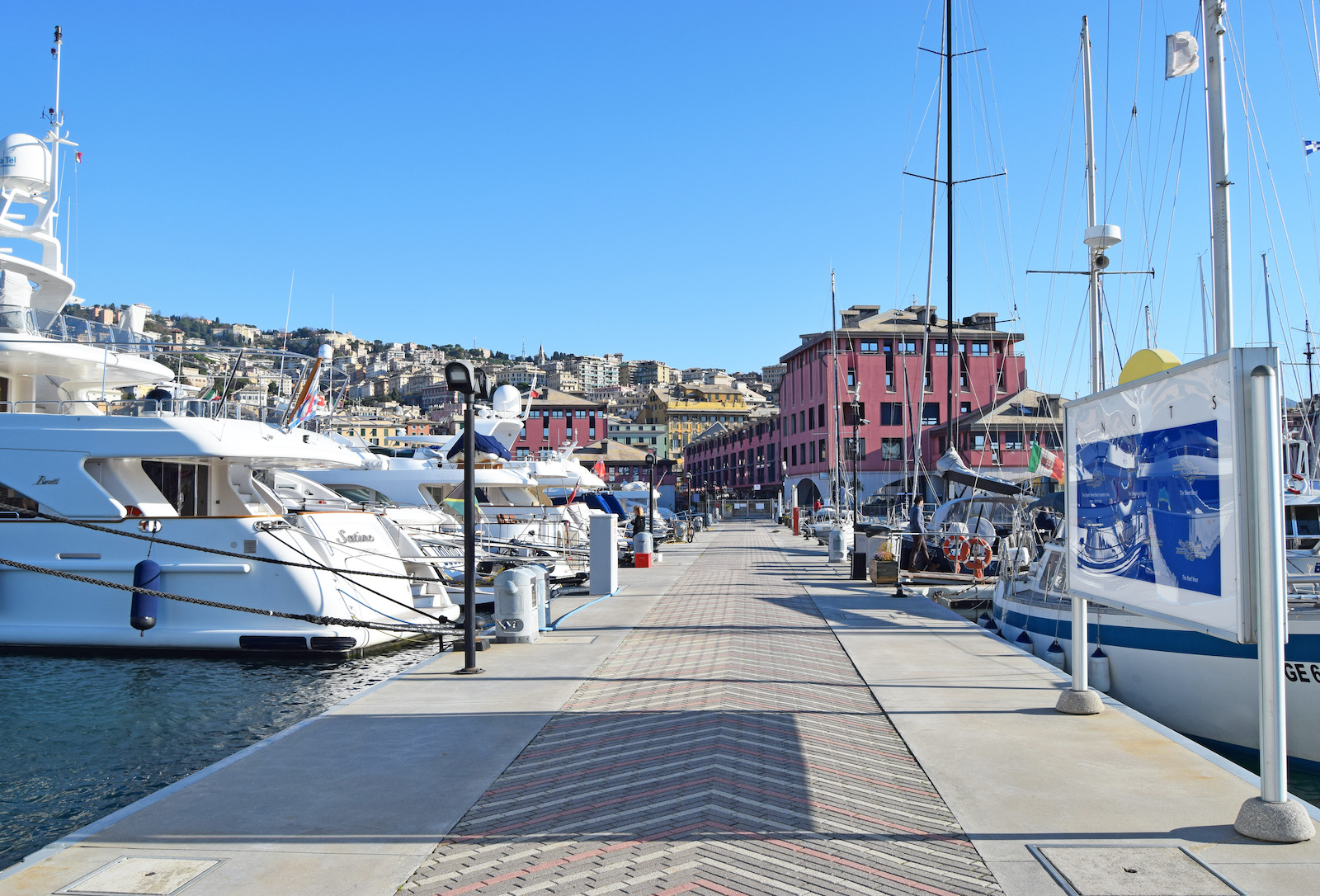Those approaching the world of boating for the first time, perhaps without having spent a childhood among small ports and shipyards, without having enjoyed wonderful days on the deck of a boat piloted by parents, grandparents, or uncles, might initially find it difficult to understand this complex world. There is so much to learn, and certainly, the fact that nautical language is a jargon full of strange and often entirely original terms does not help. There are typical expressions like “trim the mainsail,” “tie to the mooring buoy,” “release the spinnaker,” or “pull in the jib” that can indeed leave one speechless, and especially without any idea of the action indicated. Then there are the individual terms, from port to starboard, from jib to sheet, from bow to stern: learning to sail means
First of all, the Port
Before the marina, before the tourist port, before anything else, there was the port. The Latin word portus began to be used a long time ago: the Romans used the term portus to indicate any place equipped for docking and sheltering ships. We should not think of immense structures like today’s ports. They were much simpler places, used for commercial purposes and more. Goods, soldiers, colonists, and explorers arrived and departed from there. Over the centuries, precisely with the progressive expansion of international trade—which was often such even in the Middle Ages—ports gradually became more similar to those we know today, with a continuous coming and going of boats, exchanges of goods, and so on, with an uninterrupted transit from arriving ships to the land, and vice versa. In short, the port is first and foremost a place of transit.
Today we distinguish between different types of ports, assuming that over the centuries these harbors have gradually specialized in specific uses and sectors: there is the commercial port, the military port, and indeed the tourist port. But when did the tourist port originate? And when—and why—is the latter referred to with the term marina?
What is a Marina?
Recreational boating, when compared to the long history of seafaring for exploration, trade, and combat, is decidedly recent. The roots of recreational boating in Italy, for example, can be traced back to the last quarter of the 19th century, when the very first recreational boats began to appear in our shipyards (the first example, according to many, would be the cutter of Enrico Alberto d’Albertis, built in 1875). And recreational boating became a “real thing” almost a century later: only then did it become necessary to dedicate ports to this type of boat. Initially, the so-called “yacht basins” were created, and then indeed the first marinas, small tourist ports designed exclusively for recreational boating.
It is therefore worth understanding why these spaces are called by this name. The term is normally used as an adjective to indicate something related to the sea, as well as a
Marina Understood as a Tourist Port: Masculine or Feminine?
And here we come to the true linguistic issue: when referring to a tourist port as a marina, is it appropriate to use the masculine or the feminine? Indeed, this word, in the Italian language, is always used in the feminine when it functions as a noun. Think of Dante, who wrote “from afar I recognized the shimmering of the sea,” think of the Navy, painters who depict “seascapes,” and so on. Thus, one might instinctively be inclined to refer to tourist ports with the feminine, speaking of “the marina.” However, the correct use of this term to indicate a tourist port is in the masculine. For two reasons. First of all, to
The Marina is not just a Place of Transit
Linguistics and history aside, what distinguishes a regular port from a marina is quite clear. If the port is a place of transit, of goods exchange, the marina is instead a place where much more than coming and going happens: a marina is a place of life, meaning it is a place that





